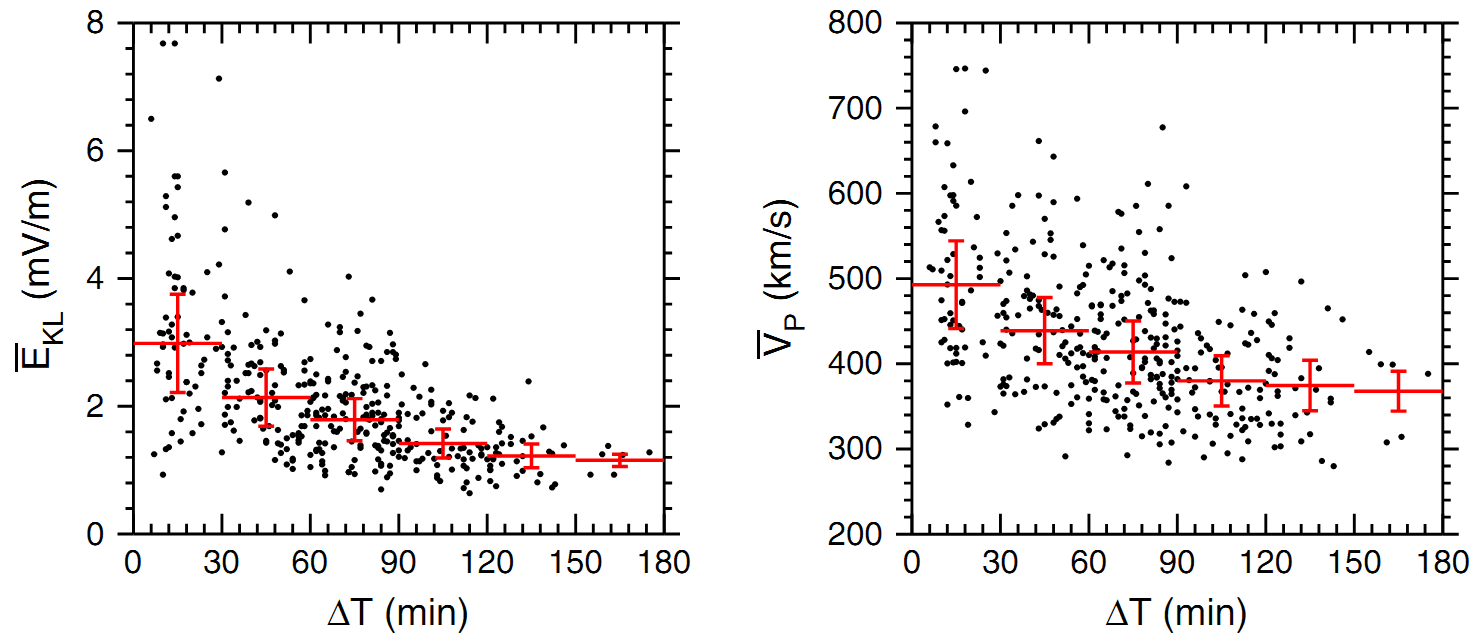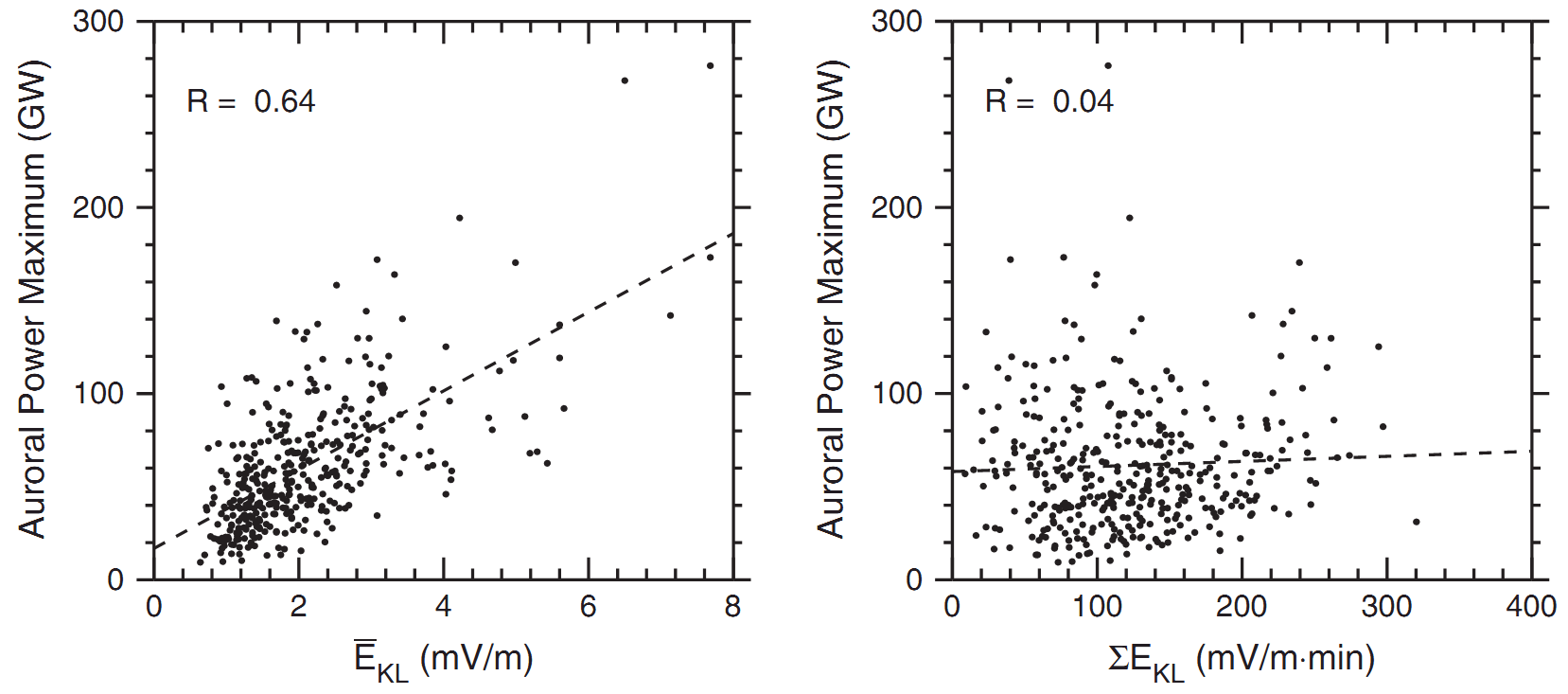Geomagnetospheric substorm is one of the major disturbances occurred in Earth’s magnetosphere, lasting from a period of 1 to 3 hours in most cases. As one of the most important energy input, coupling and dissipation process in geospace, it can cause the interruption of radio communication in high latitudes and the charging effect of GEO satellites.
Though for decades, study of substorm was under heated discussion among space physicists, fundamental physical problems concerning substorm are still unsolved. The occurrence and involution of substorm are believed to be closely correlated to the states of Interplanetary Magnetic Field (IMF) and solar wind plasma, yet the exact quantitative relation and physical mechanism are still unknown.
Recently, by statistically analyzing 379 IMF southward turning events during 1996-2011, LI Hui, WANG Chi, and PENG Zhong at the State Key Laboratory of Space Weather, National Space Science Center, breaks the deadlock and revealed the control effect of solar wind on geomagnetospheric substorm properties.
The research group concluded that the substorm growth phase persists from several minutes up to 2–3 h and its duration is mainly controlled by solar wind conditions. The larger dayside reconnection E-field and solar wind speed are, the shorter the growth phase will be.
They also found out that the substorm intensity is linearly correlated to the daysidereconnection E-field. However, it seems to be independent of the amount of daysidegeomagnetic flux reconnected and solar wind energy entered into the magnetosphere during growth phase. And the lower limits of solar wind reconnection E-fieldand bulk speed for substorm occurrence are 0.6 mV/m and 280 km/s, respectively.
Such findings are expected to not only change but also expamd space physicists’ horizons on the storage and release of substorm energy. The work entitled Solar wind impacts on growth phase duration and substorm intensity: A statistical approach was published on Journal of Geophysical Research-Space Physics hosted by American Geophysical Union.
Citation: H. Li, C. Wang, Z. Peng (2013),Solar wind impacts on growth phase duration and substorm intensity: A statistical approach, J. Geophys. Res. Space Phys., 118, doi: 10.1002/jgra.50399

| Figure 1. Effect of solar wind conditions on substorm growth phase duration (Image by NSSC) 
|
Figure 2. Effect of solar wind conditions on substorm intensity (Image by NSSC)


